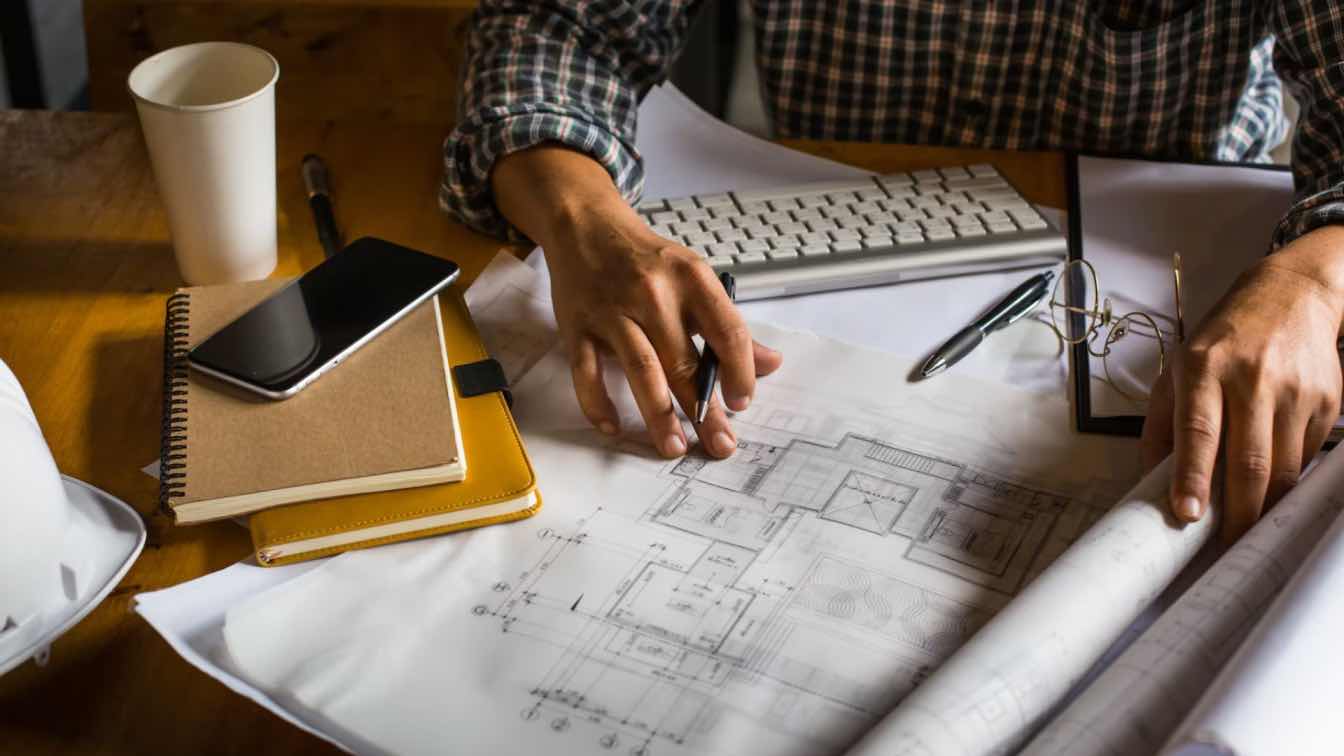Going for an architectural course is something that is quite daring. The course is recognized for its difficulty, the presence of many calculations, and its applicative aspect. Applying for and completing the program is tough and requires one to have a lot of self-confidence. The coursework is not a piece of cake, and some students hire professional paper writers to protect their grades. Out of all the activities that students face in their academic learning, one of the most complicated is designing architecture projects.
Creating a feasible project requires creativity, technical proficiency, research and analysis, and good project management tools. You have to create a compelling idea to convince your professors with years of experience in the field that your project is worth something. Besides, you cannot afford to fail the projects as they are the backbone of your career and showcase your skills as an upcoming architect. Let’s dive into the tips for coming up with innovative and feasible architecture projects.
Understand the Project Requirements
You cannot design something you do not understand. So, the first step is to ensure you have clearly understood the requirements of the project. It will inform the key concepts and themes you need to focus on and help you build ideas around them. If the foundational concepts are wrong, the whole project will be wrong. So, make sure to do a deep analysis to understand the style, concepts, and context. It also includes evaluating the history and culture of the concepts to be used. It will go a long way to ensure your ideas are grounded in reality, making them stand out. So, if instructions are not clear, ask for clarification. The bottom line is not to start executing a project in which you do not fully understand the instructions, as this will always end up with you presenting the wrong thing.
Focus on Conceptual Strength
After you clearly understand the project needs, the next step is to start putting designs into paper that address the project goals. To help you with this, list keywords based on the assignment needs. Have at least five keywords that represent the fundamental concepts of the assignment, and build sketches that represent the keywords. It is good to note that you will not have a complete idea. However, keep drawing. Draw as many sketches as you can. It will allow you to refine your ideas to best represent the requirements.
Also, make sure to exploit the project constraints to ensure you stand out. Every project has limitations depending on the required structure. You can tell the limitations upfront. However, this should not bar you from expressing creativity. Instead of viewing the constraints as obstacles, find a way to innovate and push the boundaries. Remain open-minded and think outside the box. The key is to develop a compelling design that adequately addresses the conceptual foundations of the assignment.
Elevate Your Design by Integrating Sustainability
Architecture is not only drawing designs for the sake of drawing. It is an art that showcases the development of human beliefs and can show the evolution of values and things people hold dear. Among the concerns that are relevant to contemporary architecture, sustainability is one of the most important ones. For instance, currently, people are all about environmental sustainability. Thus, it is good to incorporate beliefs such as sustainability when designing a project. It will showcase your sensitivity to what is happening around you as an architect. Incorporate sustainable design elements such as natural ventilation and lighting, solar design, and green materials.
When integrating sustainability concepts, ensure the idea is feasible and practical within the project scope. It will ensure the design is holistic. For instance, factors such as building orientation, building material, and window placement should be considered if you decide to include natural lighting and ventilation. By considering feasibility, you ensure compatibility with the general design and give the design a harmonious flow.
Leverage Technology and Digital Tools
Tech has led to significant changes in the world of architecture. It has assisted in crucial aspects of the architecture field, such as design and visualization, parametric design, construction, and fabrication. Therefore, leverage tech tools to make you stand out. For instance, software like AutoCAD can help you create 3D models of any design, helping you and your professor visualize the design in three dimensions. Autodesk helps create generative designs given a set of constraints. Tools such as ArchiCAD can help create digital representations to showcase the design’s mechanical, structural, and electrical systems. In a nutshell, leveraging tech will ensure you have appealing designs that stand out.
Get Out of Your Comfort Zone and Experiment With Materials and Techniques
To be a good architect, you must be willing to get out of your comfort zone and experiment. You should embrace material innovation. The architecture field keeps evolving; thus, new materials and designs emerge every day. When doing a project, research the field extensively to discover the recent trends. Experimenting with recent trends will give your ideas a unique edge, which is what you are looking for to impress the professor. You can go a step further to create a tactile model using the materials. It will give the professor a physical and tangible sense of the nature of the materials.
Emphasize Functional Design
More than anything, any design you develop should have a realistic structural solution. A realistic approach ensures a balance between innovation and design, making the design structurally sound. No matter how appealing the design is, it will fail if it does not meet the basics of structural integrity. Once you are done with the design, go through it to ensure that it is sound and harmonious. Check aspects such as proportion and scale, materiality and texture, contextual integration with the surroundings, functionality and flow symmetry, and balance. A good structure is balanced visually and in terms of functionality.
Signing Off
Architecture is a fascinating field that provides endless avenues for experimenting, creativity, and innovation. To succeed in design projects and impress your professor, you must be willing to get out of your comfort zone to create timeless designs. By using the tips above, you can make your architecture projects stand out, impress, and still be feasible.





